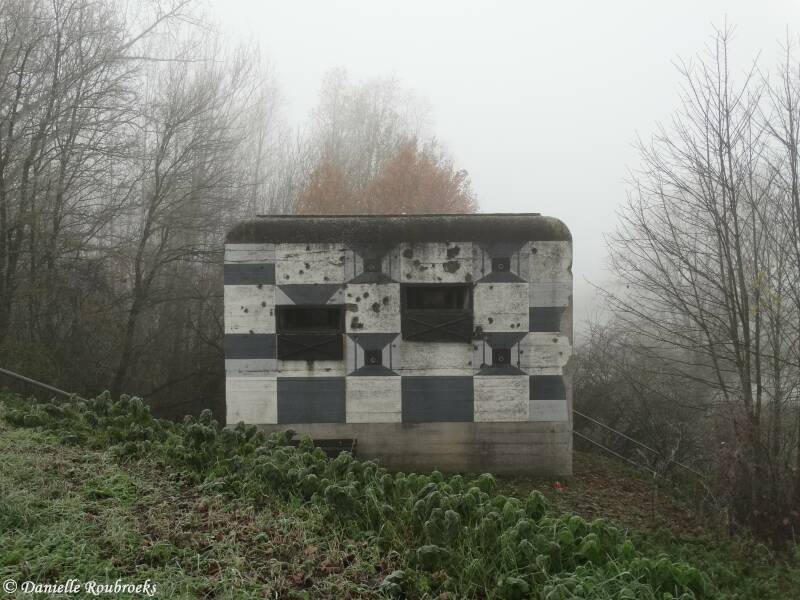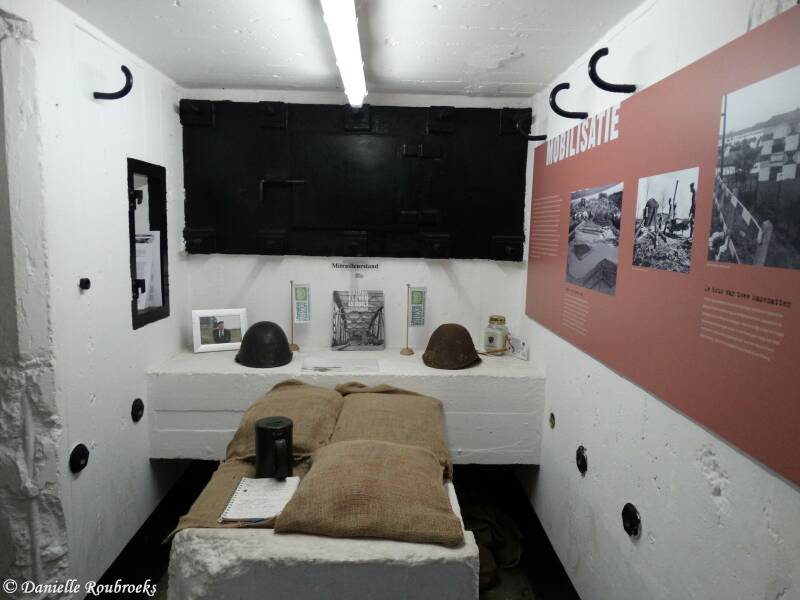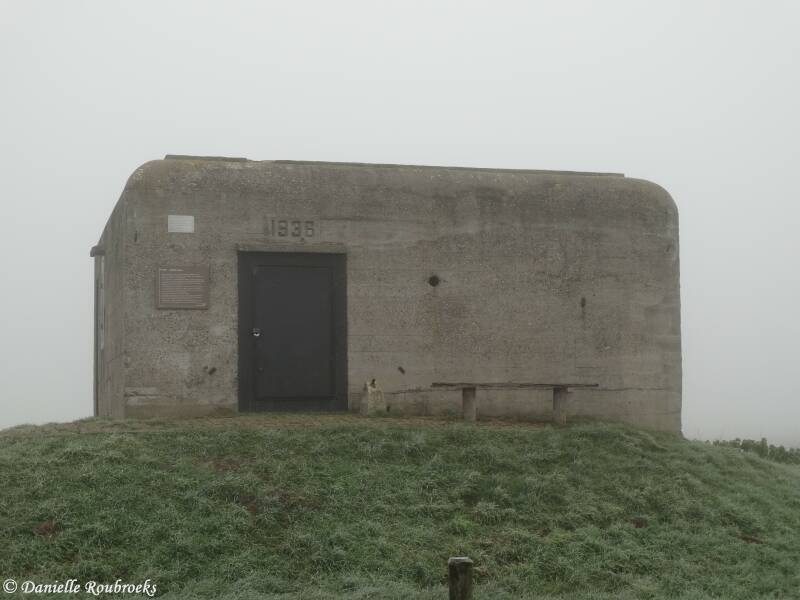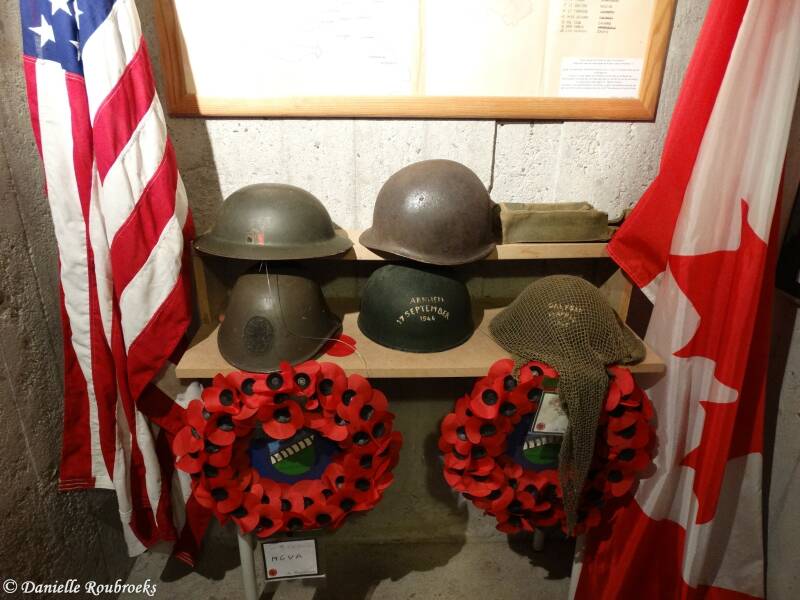Grave Kazematten
In 1936 the two bridge casemates, Grave Noord and Grave Zuid, are built as part of “security against strategic robberies”. An anti-tank gun and a heavy machine gun are placed in each casemate. In addition, a fighting car obstacle, the so-called asparagus, will be placed on both sides of the bridge. The casemates will be permanently manned for this purpose, a detachment of Police troops will be stationed in Grave in the accommodation barracks built for this purpose on Elftweg.
The threat from the east increases to such an extent over the course of months that even a government that believes strongly in neutrality politics can no longer ignore it and must take measures. Troops will be stationed at the border and barracks will be built for it. Grave is one of those places where a new barracks will be built.
On March 10, 1938, Mayor Ficq officially informs the city council that Grave will once again become a garrison town. The first specifications are put out to tender on 7 June 1938. It cannot stop here, in the autumn of 1938 the Peel-Raamstelling was put out to tender in parts. In the municipalities of Grave, Velp and Escharen the cutlery; "Build combat positions between Gagel and the Maas near Grave." In the early morning of May 10, the Maas bridge is blown up after a long hesitation. At the end of the day, German units appear on the banks of Gelderland and fire on the casemates. In the morning of 11 May, the detachment withdraws to Den Dungen under 's-Hertogenbosch.





